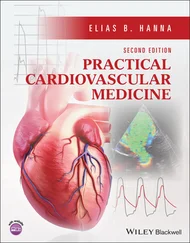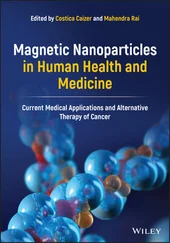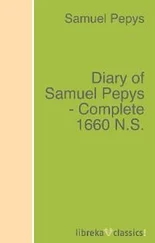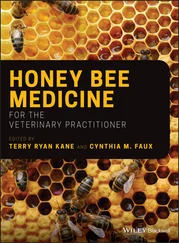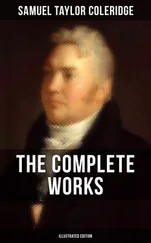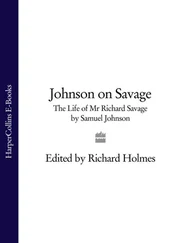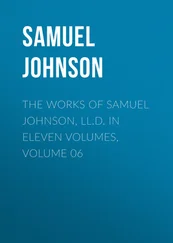Samuel Hahnemann
The Cornerstone of Homeopathy
Translator: William Boericke
e-artnow, 2020
Contact: info@e-artnow.org
EAN: 4064066399726
Authors Preface
Introduction.
Aphorisms 1 - 100.
100 - 200.
201 - 294.
Table of Contents
Medicine as commonly practised (allopathy) knows no treatment except to draw from diseases the injurious materials which are assumed to be their cause. The blood of the patient is made to flow mercilessly by bleedings, leeches, cuppings, scarifications, to diminish an assumed plethora which never exists as in well women a few days before their menses, an accumulation of blood the loss of which is of no appreciable consequence, while the loss of blood with merely assumed plethora destroys life. Medicine as commonly practised seeks to evacuate the contents of the stomach and sweep the intestines clear by the materials assumed to originate diseases.
In order to give a general notion of the treatment of diseases pursued by the old school of medicine (allopathy) it may be observed that it presupposes the existence sometimes of excess of blood (plethora – which is never present), sometimes of morbid matters and acridities; hence it taps off the life’s blood and exerts itself either to clear away the imaginary disease-matter or to conduct it elsewhere (by emetics, purgatives, sialogogues, diaphoretics, diuretics, drawing plasters, setons, issues, etc.), in the vain belief that the disease will thereby be weakened and materially eradicated; in place of which the patient’s sufferings are thereby increased, and by such and other painful appliances the forces and nutritious juices indispensable to the curative process are abstracted from the organism. It assails the body with large doses of powerful medicines, often repeated in rapid succession for a long time, whose long-enduring, not infrequently frightful effects it knows not, and which it, purposely it would almost seem, makes unrecognisable by the commingling of several such unknown substances in one prescription, and by their long-continued employment it develops in the body new and often ineradicable medicinal diseases. Whenever it can, it employs, in order to keep in favor with its patient, 1remedies that immediately suppress and hide the morbid symptoms by opposition (contraria contrariis) for a short time (palliatives), but that leave the cause for these symptoms (the disease itself) strengthened and aggravated. It considers affections on the exterior of the body as purely local and existing there independently, and vainly supposes that it has cured them when it has driven them away by means of external remedies, so that the internal affection is thereby compelled to break out on a nobler and more important part. When it knows not what else to do for the disease which will not yield or which grows worse, the old school of medicine undertakes to change it into something else, it knows not what, by means of an alterative, for example, by the life-undermining calornel, corrosive sublimate and other mercurial preparations in large doses.
It seems that the unhallowed principal business of the old school of medicine (allopathy) is to render incurable if not fatal the majority of diseases, those made chronic through ignorance by continually weakening and tormenting the already debilitated patient by the further addition of new destructive drug diseases. When this pernicious practice has become a habit and one is rendered insensible to the admonitions of conscience, this becomes a very easy business indeed.
And yet for all these mischievous operations the ordinary physician of the old school can assign his reasons, which, however, rest only on foregone conclusions of his books and teachers, and on the authority of this or that distinguished physician of the old school. Even the most opposite and the most senseless modes of treatment find there their defence, their authority – let their disastrous effects speak ever so loudly against them. It is only under the old physician who has been at last gradually convinced, after many years of misdeeds, of the mischievous nature of hi so-called art, and who no longer treats even the severest diseases with anything stronger than plantain water mixed with strawberry syrup (i.e., with nothing), that the smallest number are injured and die.
This non-healing art, which for many centuries has been firmly established in full possession of the power to dispose of the life and death of patients according to its own good will and pleasure, and in that period has shortened the lives of ten times as many human beings as the most destructive wars, and rendered many millions of patients more diseased and wretched than they were originally – this allopathy, I have, in the introduction to the former editions of this book, considered more in detail. Now I shall consider only its exact opposite, the true healing art, discovered by me and now somewhat more perfected. Examples are given to prove that striking cures performed in former times were always due to remedies basically homoeopathic and found by the physician accidentally and contrary to the then prevailing methods of therapeutics.
As regards the latter (homoeopathy) it is quite otherwise. It can easily convince every reflecting person that the diseases of man are not caused by any substance, any acridity, that is to say, any disease-matter, but that they are solely spirit-like (dynamic) derangements of the spirit-like power (the vital principle) that animates the human body. Homoeopathy knows that a cure can only take place by the reaction of the vital force against the rightly chosen remedy that has been ingested, and that the cure will be certain and rapid in proportion to the strength with which the vital force still prevails in the patient. Hence homoeopathy avoids everything in the slightest degree enfeebling, 2and as much as possible every excitation of pain, for pain also diminishes the strength, and hence it employs for the cure ONLY those medicines whose power for altering and deranging (dynamically) the health it knows accurately, and from these it selects one whose pathogenetic power (its medicinal disease) is capable of removing the natural disease in question by similarity (simila similibus), and this it administers to the patient in simple form, but in rare and minute doses so small that, without occasioning pain or weakening, they just suffice to remove the natural malady whence this result: that without weakening, injuring or torturing him in the very least, the natural disease is extinguished, and the patient, even whilst he is getting better, gains in strength and thus is cured – an apparently easy but actually troublesome and difficult business, and one requiring much thought, but which restores the patient without suffering in a short time to perfect health, – and thus it is a salutary and blessed business.
Thus homoeopathy is a perfectly simple system of medicine, remaining always fixed in its principles as in its practice, which, like the doctrine whereon it is based, if rightly apprehended will be found to be complete (and therefore serviceable). What is clearly pure in doctrine and practice should be self-evident, and all backward sliding to the pernicious routinism of the old school that is as much its antithesis as night is to day, should cease to vaunt itself with the honorable name of Homoeopathy.
Samuel Hahnemann
Paris, 1842
1.For the same object the experienced allopath delights to invent a fixed name, by preference a Greek one, for the malady, in order to make the patient believe that he has long known this disease as an old acquaintance, and hence is the fitted person to cure it.
Читать дальше

